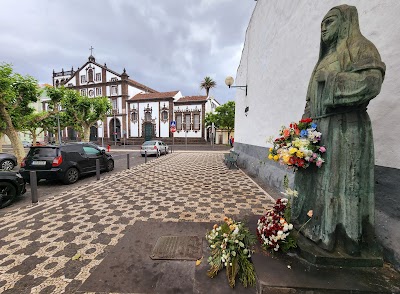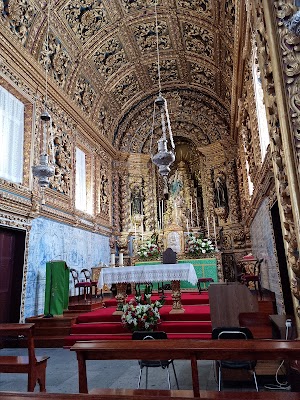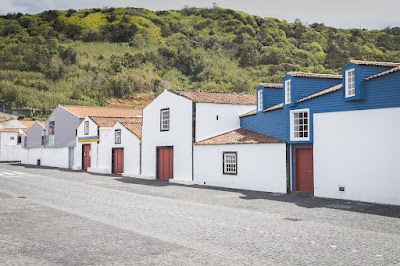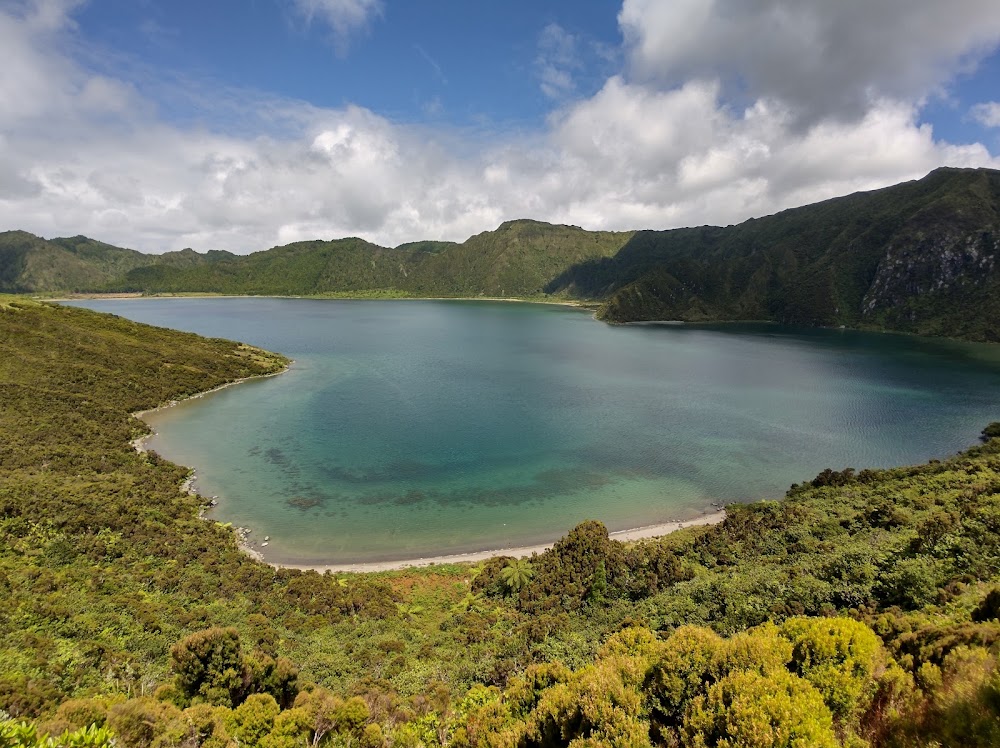Convent of Our Lady of Hope (Convento de Nossa Senhora da Esperança)
Related Places
Overview
The Convent of Our Lady of Hope, known as Convento de Nossa Senhora da Esperança in Portuguese, is a remarkable historical and religious site situated in the stunning Azores archipelago, specifically on São Miguel Island in Ponta Delgada. This convent is a captivating blend of architectural grandeur and sacred tradition that has enchanted visitors and pilgrims for centuries.
Established in the early 16th century, the Convent of Our Lady of Hope has long served as a bastion of faith and solace. Founded in 1545 by All Margarida de Chaves, the convent aimed to support the spiritual and communal needs of the local populace while providing education for young women in both religious and academic studies. Over the years, it has undergone various renovations and expansions, reflecting the dynamic history and evolving cultural influences of the Azores.
One of the convent's most compelling features is its architecture. The complex showcases a harmonious blend of Gothic, Manueline, and Baroque styles—hallmarks of religious structures from that era in Portugal. The exterior is adorned with classic Azorean basalt stone, accentuated by painted white facades that create a striking visual contrast. The serene cloister, surrounded by meticulously crafted arches and blooming with vibrant flowers, offers a tranquil glimpse into the life of the convent's inhabitants.
The interior of the convent truly shines with magnificence. The main chapel, adorned with gilded woodwork and intricate azulejos (traditional Portuguese tiles), transports visitors to an era of opulence and sacred artistry. The ornate altar, dedicated to Our Lady of Hope, serves as a focal point for worship and reflection. Here, you will find the revered statue of Senhor Santo Cristo dos Milagres (Lord Holy Christ of the Miracles), venerated since its arrival in the 16th century. This statue attracts thousands of pilgrims annually, especially during the Festa do Senhor Santo Cristo dos Milagres, Portugal’s second-largest religious festival.
The history of the convent is deeply intertwined with the spiritual life of the Azorean people. It has withstood natural disasters, such as earthquakes and volcanic eruptions, which are part of the rugged landscape of the Azores. Each calamity has fostered a sense of renewal and recommitment to faith, highlighting the resilience and devotion of the community. Notably, the convent was partially destroyed by an earthquake in 1951, but extensive restoration efforts have since preserved its heritage, allowing it to continue as a beacon of hope for both locals and visitors.
Visitors to the Convent of Our Lady of Hope are not mere passersby; they become part of a living history. Guided tours are available, offering rich narratives about the convent's past, its religious significance, and the stories of the nuns who once lived there. These tours often include a chance to view religious artifacts, historical documents, and sacred relics housed within the convent's small museum.
One fascinating aspect that adds to the convent's allure is its historical gardens. Originally designed to be both functional and beautiful, these gardens housed medicinal plants and herbs cultivated by the nuns, showcasing their knowledge and resourcefulness. Today, the gardens continue to flourish, providing visitors with a peaceful retreat within the convent walls. This blend of history, spirituality, and nature creates a unique, serene experience that resonates profoundly with many who visit.
Finally, no visit to the Convent of Our Lady of Hope would be complete without indulging in the local hospitality that the Azores are renowned for. Nearby, you will find charming cafés and restaurants offering traditional Azorean cuisine, featuring fresh seafood and locally grown produce. This allows visitors to immerse themselves fully in the local culture—from its rich religious roots to its culinary delights.
In conclusion, the Convent of Our Lady of Hope in Ponta Delgada offers a captivating journey through Portugal's religious history, stunning architecture, and enduring faith. Its peaceful atmosphere, awe-inspiring art, and significant religious artifacts make it an essential destination for tourists seeking a profound cultural and spiritual experience in the heart of the Azores.







